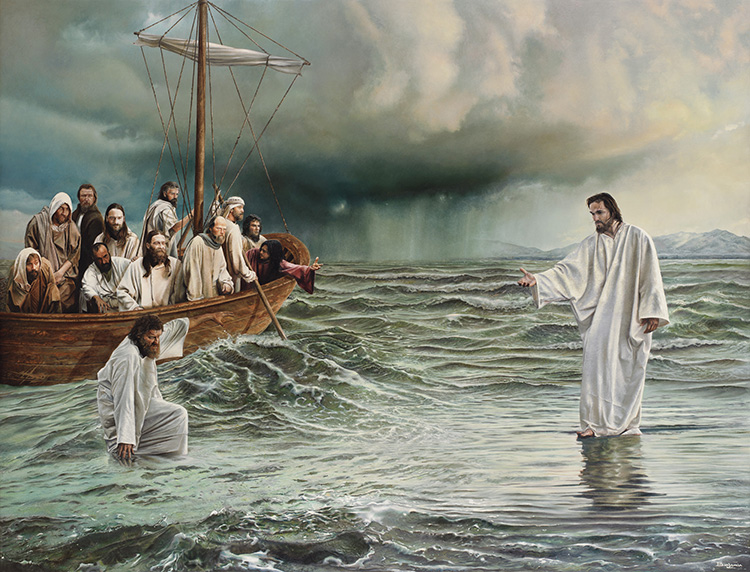4 . Virgin of Virgins.
5. Mother of Divine Grace.
6. Virgin most chaste.
7. Mother most pure. Mother undefiled. Mother inviolate. Mother most amiable. Mother most admirable.
8. Virgin most powerful. Virgin most merciful. Virgin most faithful.
9. Mirror of Justice.
10. Seat of Wisdom.
11. Mystical Rose.
12. House of Gold.
13. Morning Star.
14. Ark of the Covenant.
15. Queen of Heaven.
16. Mater Dolorosa.
17. Mary conceived without sin. (In accordance with later orders.)
Page 210
If the Virgin Mary has her nuns, who are consecrated to her and bound to live in chastity, so had Isis her nuns in Egypt, as Vesta had hers at Rome, and the Hindu Nari, “mother of the world” hers. The virgins consecrated to her cultus — the Devadasi of the temples, who were the nuns of the days of old — lived in great chastity, and were objects of the most extraordinary veneration, as the holy women of the goddess. Would the missionaries and some travellers reproachfully point to the modern Devadasis, or Nautch-girls? For all response, we would beg them to consult the official reports of the last quarter century, cited in chapter II., as to certain discoveries made at the razing of convents, in Austria and Italy. Thousands of infants’ skulls were exhumed from ponds, subterranean vaults, and gardens of convents. Nothing to match this was ever found in heathen lands.
Christian theology, getting the doctrine of the archangels and angels directly from the Oriental Kabala, of which the Mosaic Bible is but an allegorical screen, ought at least to remember the hierarchy invented by the former for these personified emanations. The hosts of the Cherubim and Seraphim, with which we generally see the Catholic Madonnas surrounded in their pictures, belong, together with the Elohim and Beni Elohim of the Hebrews, to the third kabalistic world, Jezirah. This world is but one remove higher than Asiah, the fourth and lowest world, in which dwell the grossest and most material beings — the klippoth, who delight in evil and mischief, and whose chief is Belial!
Explaining, in his way, of course, the various “heresies” of the first two centuries, Irenaeus says: “Our Haeretics hold . . . that PROPATOR is known but to the only-begotten son, that is to the mind” (the nous). It was the Valentinians, the followers of the “profoundest doctor of the Gnosis,” Valentinus, who held that “there was a perfect AION, who existed before Bythos, or Buthon (the Depth), called Propator. This is again kabalistic, for in the Sohar of Simon Ben Iochai, we read the following: “Senior occultatus est et absconditus; Microprosopus manifestus est, et non manifestus” (Rosenroth: The Sohar Liber Mysteries, iv., 1).
In the religious metaphysics of the Hebrews, the Highest One is an abstraction; he is “without form or being,” “with no likeness with anything else.” And even Philo calls the Creator, the Logos who stands next God, “the SECOND God.” “The second God who is his WISDOM.” God is NOTHING, he is nameless, and therefore called Ain-Soph — the word Ain meaning nothing. But if, according to the older Jews, Jehovah is the God, and He manifested Himself several times to Moses and the
Page 211
prophets, and the Christian Church anathematized the Gnostics who denied the fact — how comes it, then, that we read in the fourth gospel that “No man hath seen God AT ANY TIME, but the only-begotten Son . . . he hath declared him”? The very words of the Gnostics, in spirit and substance. This sentence of St. John — or rather whoever wrote the gospel now bearing his name — floors all the Petrine arguments against Simon Magus, without appeal. The words are repeated and emphasized in chapter vi.: “Not that any man hath seen the Father, save he which is of God, he (Jesus) hath seen the Father” (46) — the very objection brought forward by Simon in the Homilies. These words prove that either the author of the fourth evangel had no idea of the existence of the Homilies, or that he was not John, the friend and companion of Peter, whom he contradicts point-blank with this emphatic assertion. Be it as it may, this sentence, like many more that might be profitably cited, blends Christianity completely with the Oriental Gnosis, and hence with the KABALA.

Moe is the founder of GnosticWarrior.com. He is a father, husband, author, martial arts black belt, and an expert in Gnosticism, the occult, and esotericism.




